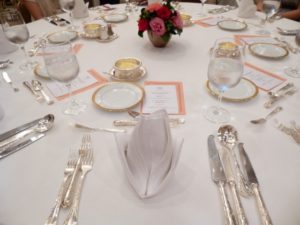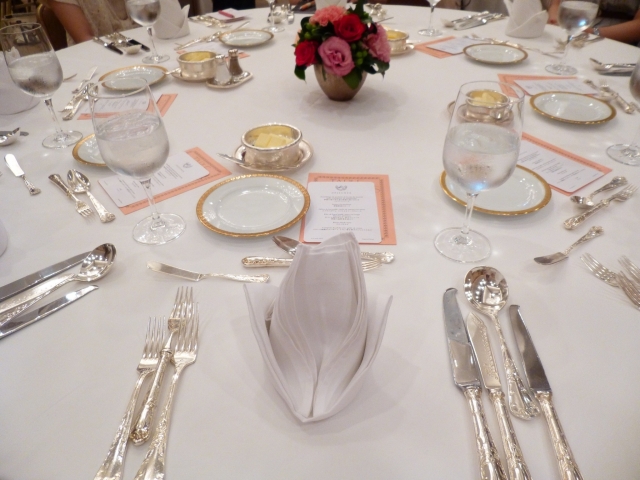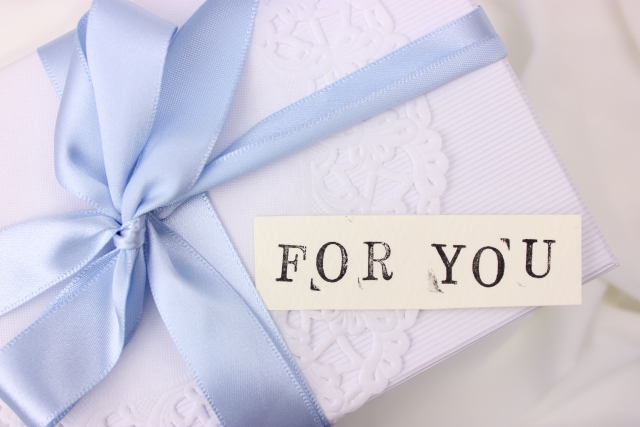センター試験の8回目です。
今回も前回の続きで、「第3問Aの3」の問題を詳しく見ていきます。

A問3:バラクラフにそぐわない英文を見つける問題
次の問い(問1~3)のパラグラフ(段落)には、まとまりをよくするために取り除いた方がよい文が一つある。取り除く文として最も適当なものを、それぞれ下線部①~④のうちから一つずつ選べ。
問3【29】
ー Formal dinners in England during the Tudor era (1485-1603) were called feasts. They were magnificent, and everything was done carefully in order to show one’s wealth and place in society. ① Whatever happened at the feasts reflected social class, even the order in which people walked into the room. ② There was a top table and the highest ranking guest would sit on the right of the king or the queen. ③ Gold and silver dishes were also laid out to emphasize how rich the family was. ④ The way feasts were held during the Tudor era has been richly presented in various films. The guests were not allowed to start eating before the ruler and had to stop eating once he or she had finished. When you could and couldn’t eat followed strict and complicated rules, like all aspects of the feast.
A問3の解答・・・5点
・Aには問1から3までの3問がありますが、配点は各5点で計15点満点です。
問3【29】・・・4
第3問-A問3の解説
それでは、解説に入ります。
問3【29】
ー Formal dinners in England during the Tudor era (1485-1603) were called feasts. They were magnificent, and everything was done carefully in order to show one’s wealth and place in society. ① Whatever happened at the feasts reflected social class, even the order in which people walked into the room. ② There was a top table and the highest ranking guest would sit on the right of the king or the queen. ③ Gold and silver dishes were also laid out to emphasize how rich the family was. ④ The way feasts were held during the Tudor era has been richly presented in various films. The guests were not allowed to start eating before the ruler and had to stop eating once he or she had finished. When you could and couldn’t eat followed strict and complicated rules, like all aspects of the feast.
【トピックは?】
・1つのパラグラフだけの問題文なので、たいていは一番最初の英文を読むとそのトピックがわかるようになっていることが多いです。
→一番最初の英文、赤い下線の部分を読むと
「チューダー朝時代のイングランドの公式な夕食は、feast(ごちそう、祝宴)と呼ばれていた。」という文から始まっています。その後も少し読むと、この feast のついての説明が続いているようです。
これがそのまま「トピック」になるようなので、
「feast について」とします。
【選択肢の英文の内容】
・それぞれの選択肢の英文の内容を確認しましょう。
① Whatever happened at the feasts reflected social class, even the order in which people walked into the room.
→祝宴で起きたどんなことも「社会の階級」を反映した、という内容です。
② There was a top table and the highest ranking guest would sit on the right of the king or the queen.
→席順も決まっていて、「一番の上席」があり、「最も位が高いゲスト」が王さんや女王の右に座る、ということを説明しています。
③ Gold and silver dishes were also laid out to emphasize how rich the family was.
→「金、銀の食器も出されていた」(その家族が富裕さを示すため)と説明しています。

④ The way feasts were held during the Tudor era has been richly presented in various films.
→「チューダー朝の食事の様子が様々な映画で示されている」という内容を述べています。
※この4つの内容と「トピック」を比べてみましょう。
「トピック」・・・「feast について」
選択肢①「feast のすべてが社会の階級を反映したものであった。」
選択肢②「上席があり、一番位が高いゲストは、王や女王の右に座った。」
選択肢③「富裕さを示すため金、銀の食器も出されていた。」
選択肢④「その feast の様子は、様々な映画で示されている。」
→このトピックからすると、パラグラフの内容は「feast の具体的な様子や説明」が取り上げられるているはずです。選択肢①②③は、それぞれ「feast」に関する情報を述べていますが、④だけはその流れからはずれています。よって、正解は④となります。
【パラグラフとその選択肢の逐語訳】
a. チューダー朝時代のイングランドのフォーマルな夕食は feastと呼ばれました。
b. それらは壮大で、全てがその人の富と社会における地位を示すために注意深く行われました。
→① feastで起こったことは何でも社会的な階級を反映していて、人々がその部屋に入る順番さえも影響されていました。
→② 上席のテーブルがあり、一番地位が高いゲストは王や女王の右側に座っていたものです。
→③ 金や銀の食器も、その家族がどのぐらい裕福なのかを強調するために出されていいました。
→④ カット
( feast がチューダー朝の時代に行われていた様は、様々な映画で大いに示されています。)
c. ゲストは、支配者の前に食べ始めることは許されなかったし、その支配者が一度食べ終わると食べることを止めなければいけなかった。
d. 厳しく複雑なルールに従いながら、食べることができたり、食べれなかったりする時は、その feast のあらゆる側面のようである。
【チェックしたい語句】
a. では
▶︎ be called:受動態(呼ばれる)
b. では
▶︎ in order to +動詞の原形:〜するために
②では
▶︎ top table:上座、上席
③では
▶︎ how rich the family was;その家族がどのぐらい裕福なのか
④では
▶︎ The way feasts were held during Tudor ear:the way が先行詞
(feast がチューダー朝の時代に開催された様子は)
c. be allowed to +動詞の原形:〜するのを許される
今回はここまで。
次の問題もチェックしたい方は下記をクリックしてください。




コメント